How to quickly destroy a bear in the garden?
Often, summer residents have to try a lot of means from a bear in order to find an effective way to save plantings from this elusive pest. The insect looks like a large (5-8 cm in length) cricket with toothed, like a mole, front paws. The bear spends most of the time underground, breaking through passages and literally cutting down all plants whose roots or tubers meet on the way. He knows how not only to crawl, but also to fly and swim, so he can easily overcome the fence between the sections (up to 5 m) or a rain ditch. The fight against the bear is not only about exterminating the insect itself. It is important to find and destroy clutches of eggs.
Destruction of nests and catching a bear
You can destroy the bear population in one season, if you imagine the logic of the arrangement of its underground dwelling. These are not just chaotically dug passages, but a certain pattern of labyrinths. The upper tier (3-6 cm) - 4 entrances, connected by a horizontal circular passage. They provide ventilation to the main shelter, located deeper (10-15 cm), connected to it by two vertical tunnels. There is a reserve vertical course that goes far down. The bear hides in it in case of danger.
The nest chambers are located near the shelter - in the dead ends of the side tunnels. They are dense earthen comas, the walls of which are rammed and leveled from the inside. Each nest contains about 500 eggs. The bear does not move far, protecting the offspring. Since the eggs need heating, the female cuts the plants at the root so that they do not interfere with the penetration of sunlight with their aboveground part.
Advice
Medvedka does not like sandy soils, since the walls of the passages in them crumble. You can protect the ridges by arranging grooves covered with sand with a depth of 20-30 cm and a width of 5-10 cm around the perimeter. The tunnel dug into them will be filled up, the bear will choose another place.
The easiest way to detect masonry is by removing the top layer of soil with a garden trowel along the length of the stroke, starting from the outer hole. An earthen seal (bear's nest) will be found at one of the points. The lump must be carefully freed from the surrounding soil and removed. Then either throw the eggs in the sun (they dry out), or destroy the clutch.
To catch a bear, you will need to explore several tunnels until one of them leads to a deep downward passage. The insect will appear on the surface 5-20 minutes after the cessation of soil vibrations. You can determine the approach of the bear by stirring the soil at the entrance. You should immediately hook and turn out an earthen ball with a shovel to cut off the path back.
You don't have to wait for the bear to leave, but pour soapy water (10 g of soap per bucket) into the tunnel. The insect will soon appear on the surface. You should not use washing powder, as it contains phosphates and other chemical compounds.
Folk remedies
In an effort to minimize the amount of chemistry, summer residents use mainly safe folk remedies for a bear in the garden. The insect will not come out of the ground during the day, so it remains to set traps.
Traps
Traps should be buried in places where there are open passages and dead plants. It should be placed across the tunnels, along the path of the insect.
It has been noticed that the bear is extraordinarily attracted by the smell of beer and sunflower oil. This weakness is the key to the effectiveness of the traps. A popular option is glass beer bottles.
Trap making instructions:
- collect a few beer or lemonade glass bottles;
- buy the cheapest beer and pour it into containers, filling them by about ¼;
- tie the necks with gauze in 1 layer (the bear will cut it);
- dig in the bottles in an inclined plane (about 30-45 °), leaving a recess around the neck, which is then covered from rain and birds with a waterproof material such as roofing material or linoleum.
Medvedka enters the bottle and remains in it - you can't get out along the slippery sloping walls. After 6-7 days, the trap can be checked. Some summer residents find 20-30 individuals in each.
There is another version of the trap: bury a liter jar with bait at the bottom vertically across the bear's tunnel so that the neck is in a shallow depression slightly below the soil level. As a bait, you can use boiled pearl barley mixed with unrefined vegetable oil and Confidor insecticide, or simply smear a part of the walls from the inside with honey. From above, the hole is covered with solid material and sprinkled with soil or grass.
The oldest folk remedy for getting rid of the bear is trapping pits 50 cm deep. They are dug out in the fall, when the temperature is kept around 8-12 ° C. Inside, the pit is lined with old plastic, then rotted manure with straw is placed in it (you can add beer and sunflower oil). Bears will slide there for the winter. With the onset of frost, manure is turned out of the pits and scattered over the site. All insects gathered there will die.
Advice
Pits should be dug before frost and the temperature drops below + 8 ° C, otherwise the bears will have time to hide in their vertical tunnels.
Even if you just put a container on the site, half filled with water (basin, bucket, artificial pond), then in the morning you can collect dead bears floating on the surface there. Insects get wet, but they cannot get out dry, as from a natural reservoir.
Agrotechnical techniques
An effective method of dealing with a bear is digging free land in early spring and late autumn. Thus, nesting chambers and tunnels are destroyed. The soil under the plantings can be loosened up to 15 cm deep.
If there are a lot of bears on the site, then you should not feed the plants with fresh manure, since it attracts the pest. Often, an insect is introduced into the garden with this type of fertilizer. It is better to use chicken droppings, since the bear does not tolerate it.
When planting seedlings, it is recommended to put about a teaspoon of a mixture of sunflower oil and powdered eggshell into the hole. Medvedka eats the bait and dies.
Various types of mechanical protection of seedling roots are popular among gardeners:
- press a cylinder cut from a plastic bottle into the ground around the stem;
- when landing, wrap the walls of the hole with a newspaper or cloth (theoretically, a bear can easily cope with such an obstacle, but in practice it prefers to bypass it);
- dig longitudinal furrows and lay them with fine-mesh plastic mesh, which is then sprinkled with earth.
To protect the site, some summer residents bury sheets of polycarbonate, roofing felt or slate around the perimeter, but the bear moves through the air, so it makes no sense to fight it with such measures.
Scare away methods
You can also get rid of the bear by scaring away. A cheap and easy option is plastic bottle turntables.
- It is necessary to mark 3 windows one after the other on the walls of the bottle.
- Make cuts from above, to the right and from below, bend the resulting flaps at a right angle.
- Put a closed bottle on a stick stuck in the ridge. The wind will rotate the bent blades, the noise will scare the bear away.
Electronic scarers such as Tornado or Chiston can be purchased. The signals emitted by them do not affect plants and worms, and the bear is forced to flee.
Aspen stakes are one of the simple but reliable ways to expel the pest from the site. Medvedka is discouraged by this type of tree.She also shuns marigolds, calendula, garlic. Moves can be spilled with onion husk infusion, and before sowing root crops, the grooves are watered with iodine solution (20 drops per 10 liters of water).
Advice
If, when planting tomatoes, you put small raw fish in the hole, then not only protection from the bear will be provided, but also natural fertilizer.
Some people mix the soil with coniferous needles, but this method, which repels the bear well, at the same time acidifies the soil.
Bait with chemicals
You can destroy the bear with the help of poisonous baits. There are several options for making them.
- Boil half a kilo of cereal (pearl barley, buckwheat or oatmeal), mix with a tablespoon of unrefined sunflower oil and one ampoule of the Regent insecticide. Spread the mixture into the holes of the passages (half a teaspoon each).
- Pour 1 kg of peas with 0.5 l of beer, mix with the contents of 2 ampoules of the insecticide "Confidor", insist for a day (do not let the peas dry out). Make grooves 3 cm deep on the ridges, shed and spread peas in them.
- Cook 1.5 kg of peas for 20 minutes, then drain the water to the level of cereals and add the Confidor ampoule. Peas are infused for 1.5 days, then mixed with 150 g of unrefined sunflower oil and laid out in grooves on the soil or in the passages of a bear.
- Moisten brown bread, knead, add sulfur from match heads, roll up balls and spread out in turns.
Advice
It is better to lay out baits with chemicals in traps, then the soil will remain clean.
Finished preparations
Most of the drugs developed to combat soil pests are suitable against the bear. Some can be applied immediately when planting seedlings, for example, a liquid suspension "Aktara 25WG", "Prestige 290 FS". The roots of the seedlings are dipped into the prepared solution.
Other popular remedies:
- Medvetox and Fenaxin Plus do not harm the soil and worms. They decompose into safe compounds shortly after use.
- "Medvetsid".
- "Antimedvedka".
- "Terradox".
- "Parachute".
- "Thunder".
- "Rembeck".
The biological product "Boverin", created on the basis of fungi placed in a nutrient substrate, is effective against the bear. The spores introduced into the soil fall on the chitinous covers of the insect, germinate through them, releasing toxins. The fungus is very viable: developing on the body of a dead bear, it spreads throughout the ground, attacking other harmful insects (moth larvae, wireworm, miner moths). Safe for humans, worms and plants. The effect will be visible after 30 days.
Analogs of "Boverin":
- "Aktofit";
- "Botanigard".
Advice
Biologicals should be used on fungal spores at temperatures from 18 to 28 ° C in rainy weather. Cannot be combined with pesticides.
Birds and hedgehogs are good helpers in the fight against the bear. Magpies and blackbirds deftly pull larvae and insects out of the ground. However, when attracting birds to the site, it should be borne in mind that berries and cherries will also fall into their field of vision.
Medvedka destroys not only plants, but also worms that provide fertile humus, therefore its presence on the site causes double harm. The pest should be fought from early spring to late autumn. The arsenal of folk remedies and methods is large enough not to use chemicals. But their toxic effect on the soil can also be leveled by laying them in traps.
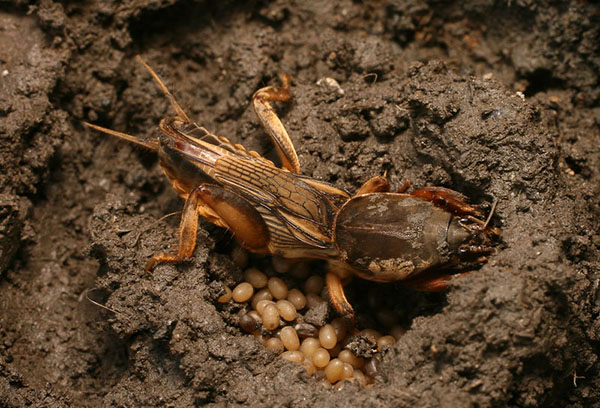

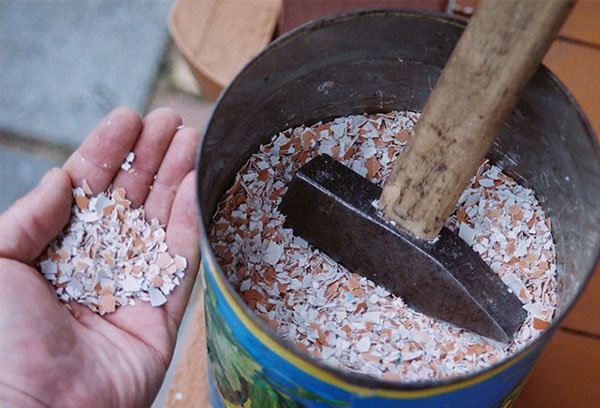
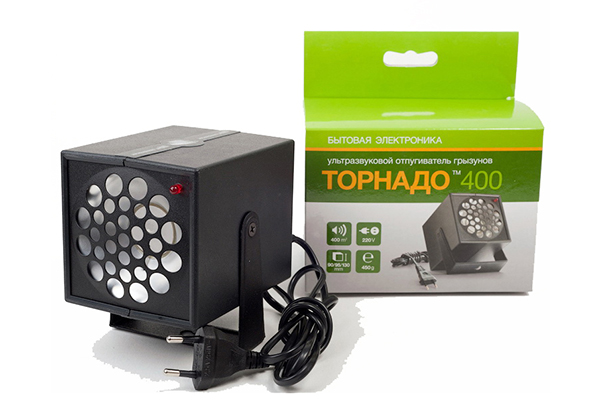
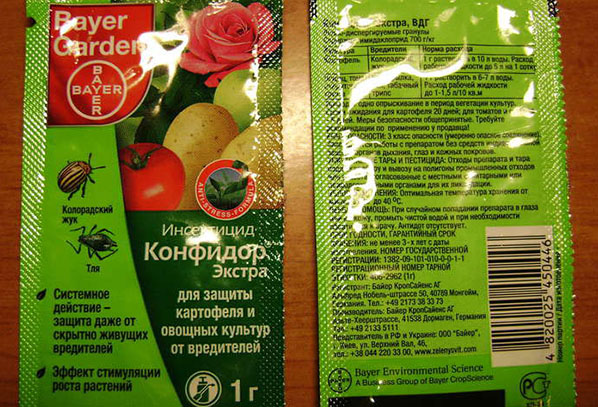
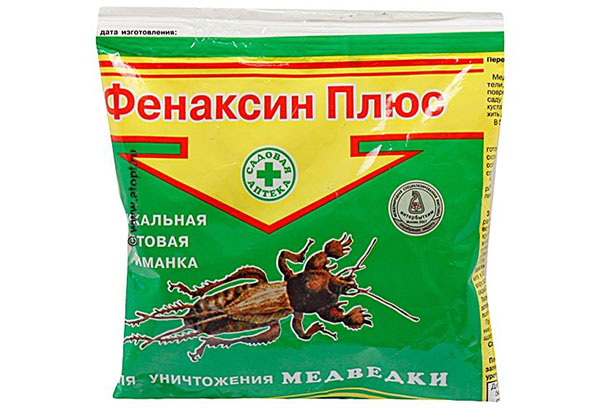
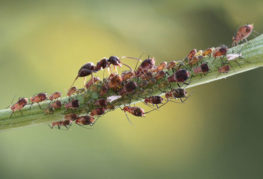
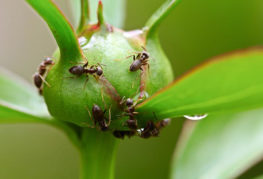

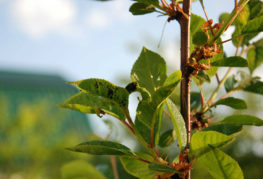
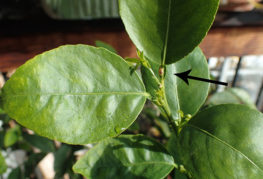

and will be published shortly.